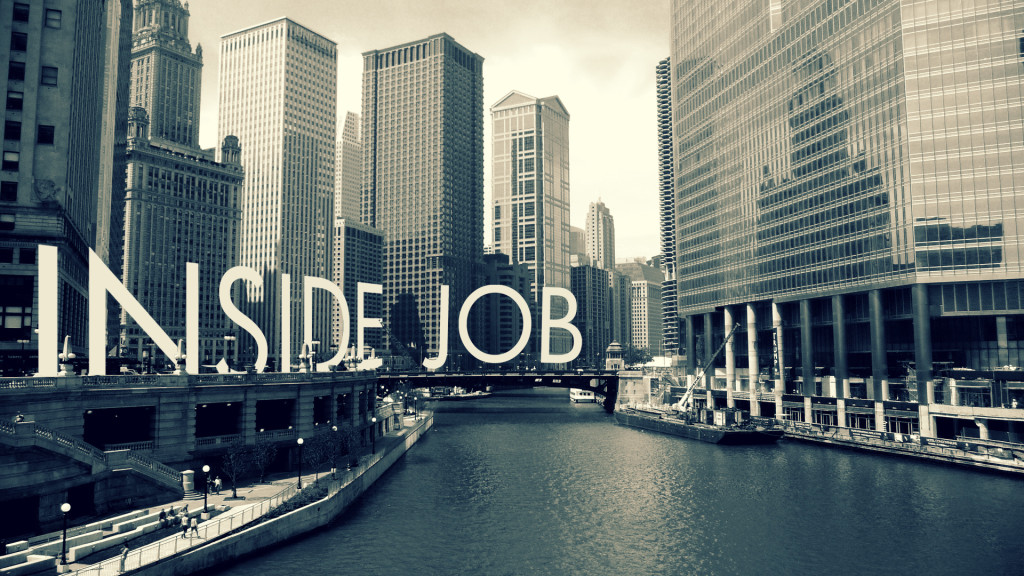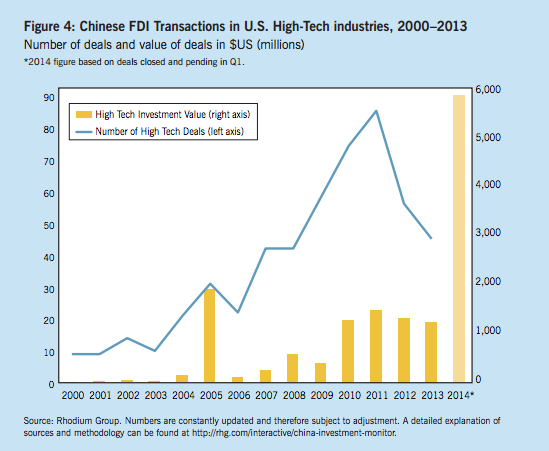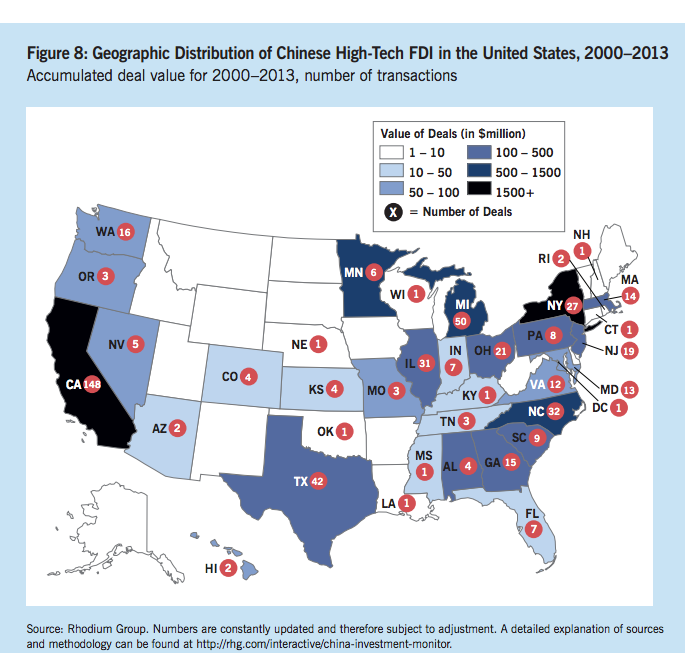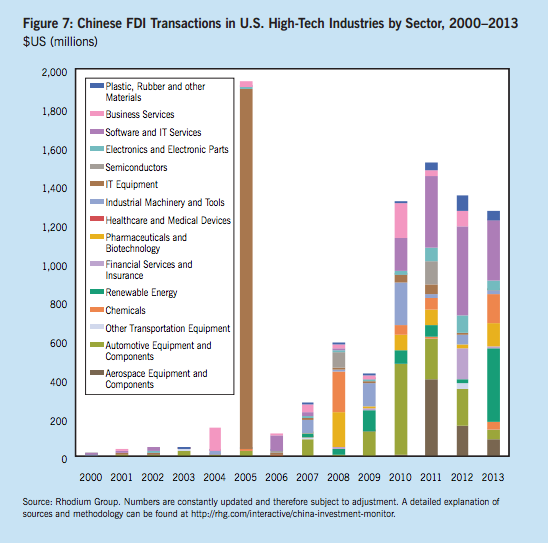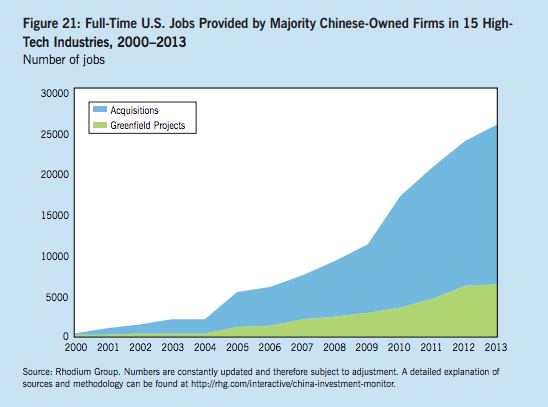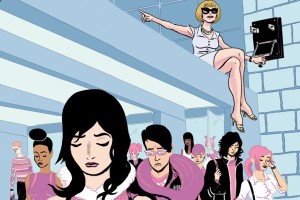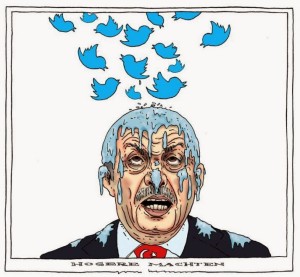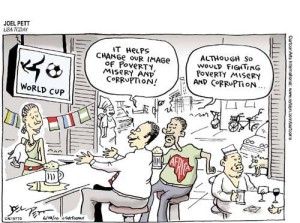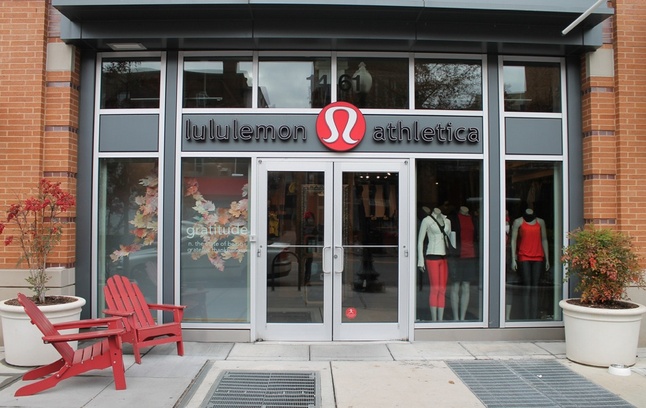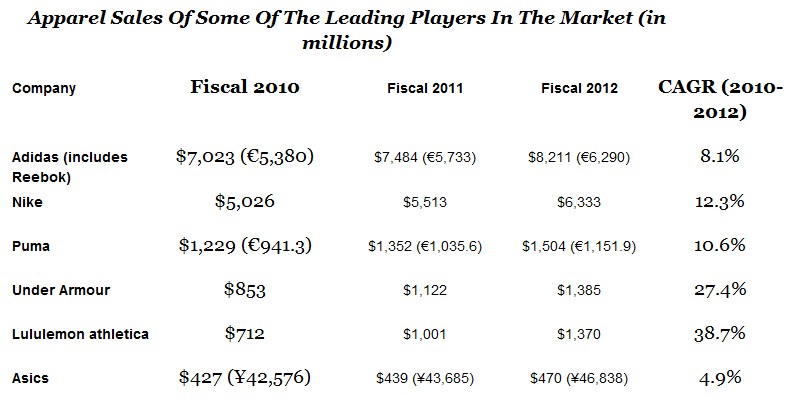Nowadays, there are a large number of nonprofits around the world. No matter these nonprofits are large or small, they all share the same characteristics that are to provide services to people and to help people live better lives. However, during nonprofits’ growth and development, they may face many problems in funds, human resources, managements, policies, etc. To many nonprofits, they are facing two choices. One is to attempt to develop on their own, and the other is to merge with other nonprofits. However, whether or not more nonprofits should merge always remains a controversial question.
Merging is actually an effective and efficient way for nonprofits to better serve the community and realize their missions. Even though people may be concerned that the merger will bring conflicts between the two organizations, a merger can potentially bring more benefits than negative effects as long as the two nonprofits share similar missions and visions. According to Dr. B.J. Bischoff, if two organizations share a close mission, then they have the potential to merge. There have been approximately 1 million nonprofits in the United States so far. Many of those small nonprofits actually provide similar or almost the same services. The record from National Council of Nonprofits indicates that the majority of the nonprofits sector is small- and mid-size organizations; “82.3% of the filing nonprofits have expenditures of less than $1 million.” Therefore, due to these nonprofits’ small sizes, it’s difficult for them to carry out their goals and make a difference. Some of them may even struggle to survive during economic downtowns. As a result, it will be a wise decision for nonprofits with similar missions to merge. In this way, such combined forces after merging will allow nonprofit organizations to enable stronger entities. Thus the merged nonprofit will be able to better serve the people in need.  For instance, Shelter Network and InnVision the Way Home are both nonprofits in California providing services and help to homeless people. They merged as one organization, InnVision Shelter Network in July 2012. Because of the merging, InnVision Shelter Network has become one of the largest nonprofits for homeless people in Northern California, and has the ability to help more than 20,000 homeless people every year.
For instance, Shelter Network and InnVision the Way Home are both nonprofits in California providing services and help to homeless people. They merged as one organization, InnVision Shelter Network in July 2012. Because of the merging, InnVision Shelter Network has become one of the largest nonprofits for homeless people in Northern California, and has the ability to help more than 20,000 homeless people every year.
In addition, when a merger takes place, the resources and expertise of the two organizations are shared. During economic downturns, combined funds and resources can help the merged nonprofit find solutions to financial problems. Although people who don’t support nonprofits’ merging may think that it is easier for smaller organizations to reduce cost, actually the resources and funds a small nonprofit has are quite limited in the first place. Without sufficient funds and resources, a nonprofit is unable to provide clients with good services and even finds it hard to survive or grow due to financial difficulty. Besides the financial advantages that come from the merging, the combined human talents and skills among the merged organization will be another beneficial power to help development. With shared operating concepts, administrative strategies as well as expertise, the merged nonprofit can compare and thus figure out a new operation model which will enable them to provide the best services to clients.  For example, Minnesota Coalition for the Homeless and the Affirmative Options Coalition merged during the last economic crisis. Due to the terrible economic situation and a rapidly increasing number of poor, the constantly decreased funds could not support the two nonprofit organizations to help the poor. For this reason, they chose to merge. With combined funds and employees, they were able to provide more and better services to support the poor.
For example, Minnesota Coalition for the Homeless and the Affirmative Options Coalition merged during the last economic crisis. Due to the terrible economic situation and a rapidly increasing number of poor, the constantly decreased funds could not support the two nonprofit organizations to help the poor. For this reason, they chose to merge. With combined funds and employees, they were able to provide more and better services to support the poor.
Furthermore, merging can also serve as a tool for nonprofits to ease competition. Although some people may consider that competition only exists among for-profits and is not necessary for nonprofits, nonprofits actually face much pressure from competition in terms of acquiring funds and resources, performance, etc. Merging can help nonprofits become more competitive in its field, and thus ease their pressure from competition. Two nonprofits may choose to merge if they “identify critical strengths in differing areas.” As a result of the merger, they can expand their services and improve their skill sets, instead of being limited in only one area. Thus, they will be able to grow more strategically and competitively.
More importantly, as long as a nonprofit starts the process to explore whether it is suitable for merging, it’s quite beneficial for this nonprofit to get a better understanding of itself and thus to enable improvement, even without the decision to actually merge. However, nonprofits which seek to merge should carefully study their own situations, and thus figure out a way to realize best outcomes from the merger.



